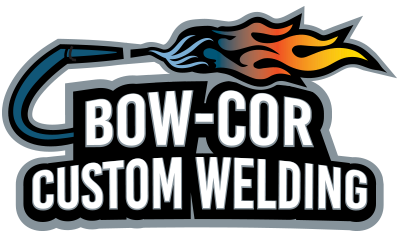Wrought Iron vs Cast Iron
Wrought Iron is iron that has been heated and then worked with tools.
Cast Iron is iron that has been melted, poured into a mold, and allowed to solidify.
The different methods of production create metals with varying strengths and weaknesses, which is why you rarely see a cast iron fence or a wrought iron frying pan. Wrought iron is composed primarily of elemental iron with small amounts of added slag.
Wrought iron is highly malleable, allowing it to be heated, and re-heated, and worked into various shapes—wrought iron grows stronger the more it’s worked and is characterized by its fibrous appearance.Wrought iron contains less carbon than cast iron, making it softer and more ductile. It is also highly resistant to fatigue; if large amounts of pressure are applied, it will undergo a large amount of deformation before failing.
Cast iron can refer to a range of iron alloys, but it is most commonly associated with gray iron.
Despite having the name iron, it isn’t pure elemental iron. Cast iron is formed by smelting iron ore, or melting pig iron (an intermediate product of iron ore extraction), and mixing it with scrap metals and other alloys. The liquid mixture is then poured into molds and allowed to cool and solidify.
The final result is strong, but brittle. This mixed microstructure is what gives cast iron its distinctive physical properties. The internal carbon particles create internal stress points conducive to fracture. Cast iron is harder, more brittle, and less malleable than wrought iron.


